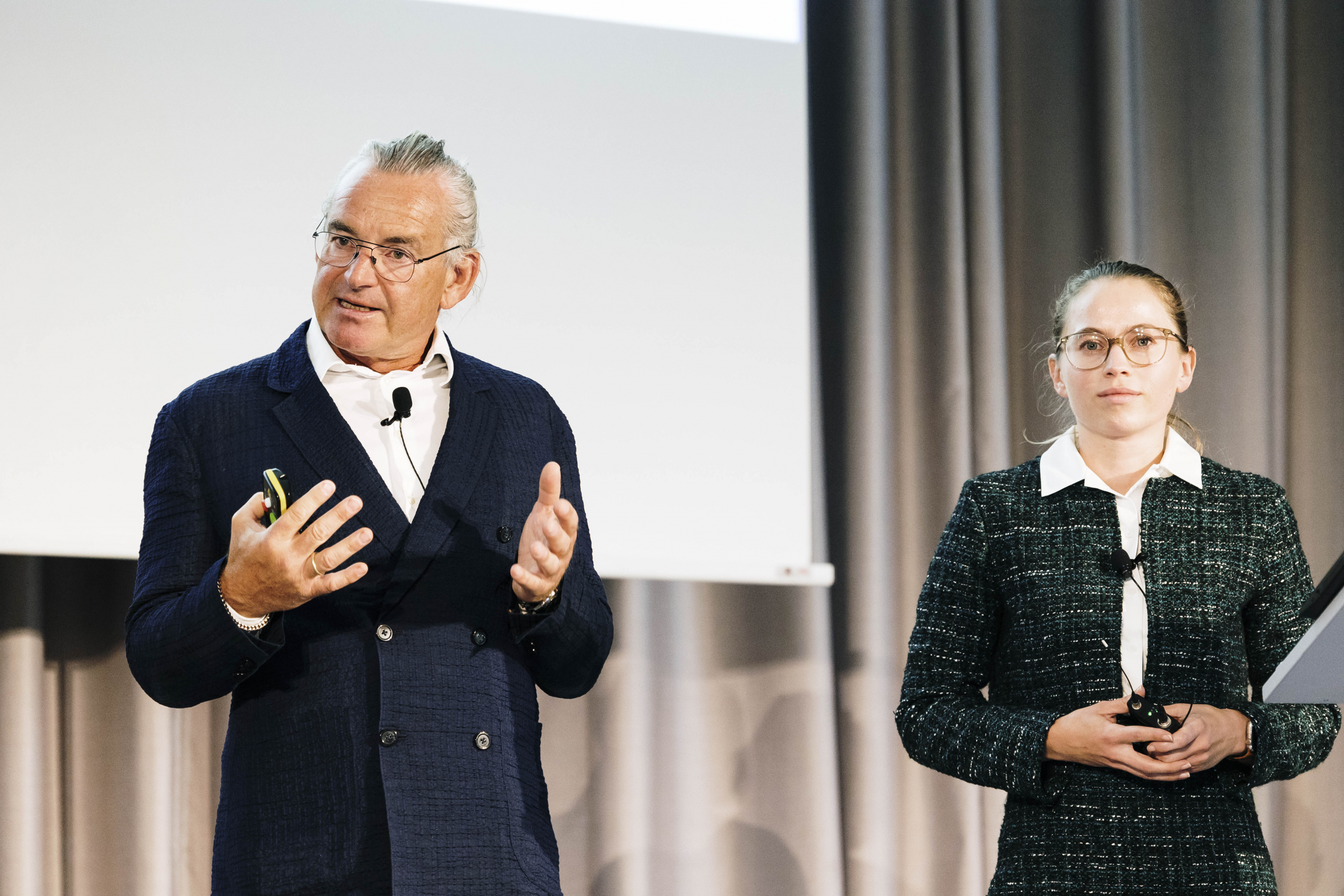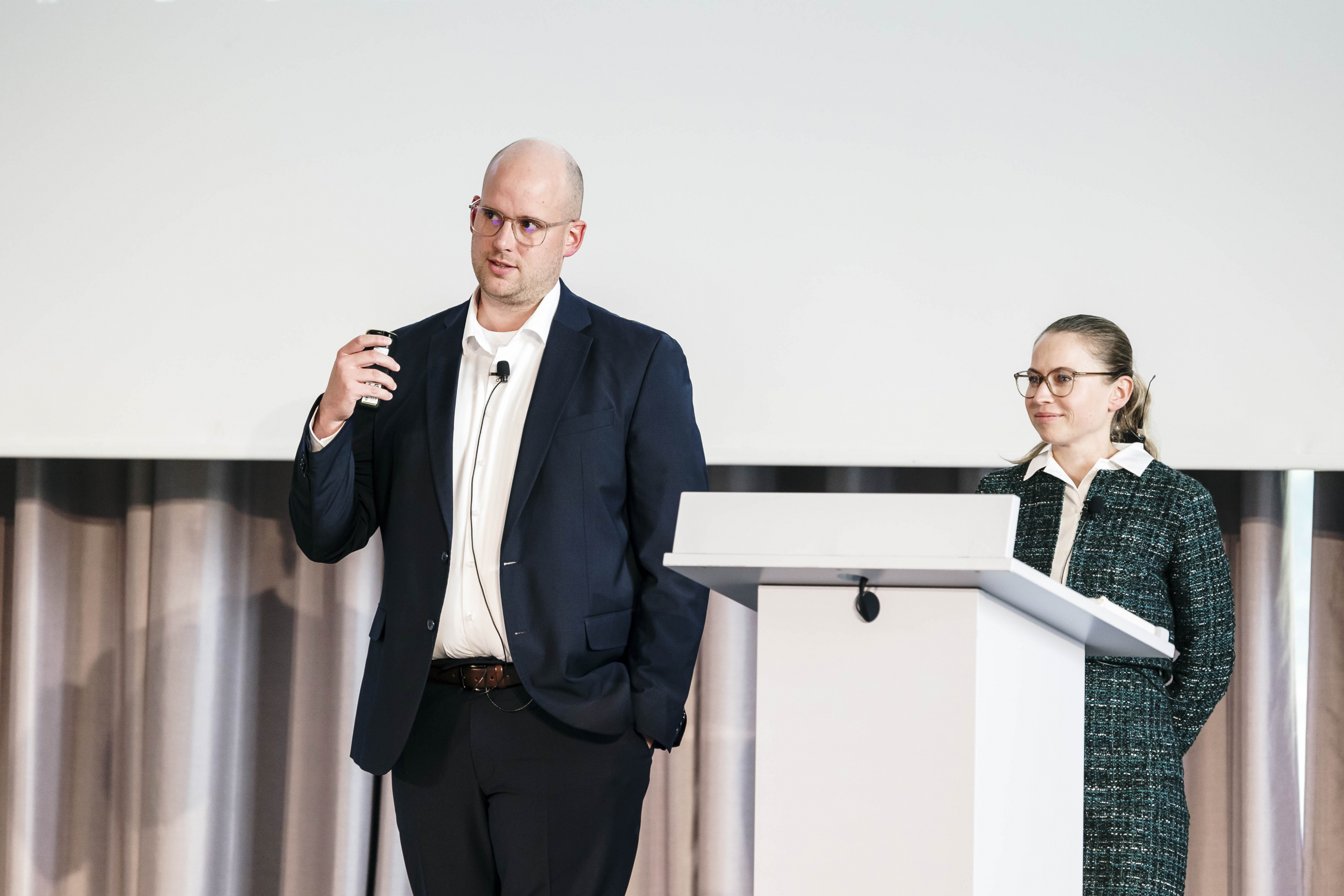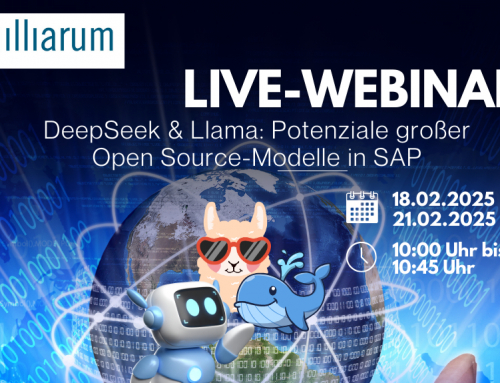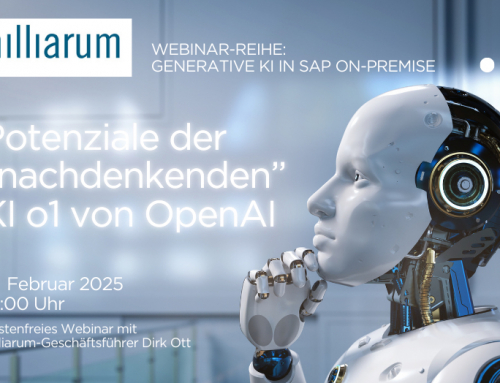Bottleneck management in SAP at the TOC Innovation Summit 2024

Integrate CCPM into SAP with Milliarum

At the TOC Innovation Summit in September, practical examples were used to show how companies can identify and eliminate bottlenecks. Milliarum was there live and presented the implementation of the Theory of Constraints (TOC) and Critical Chain Project Management (CCPM) approaches with SAP as part of a customer presentation and other presentations. The Milliarum SAP CCPM solution is an SAP add-on for portfolio, project and resource management and has been used successfully by customers for over 10 years. We have summarized the most important findings from Bad Nauheim for you here.
The Theory of Constraints is a management approach developed by Eliyahu M. Goldratt that focuses on identifying the limiting factors, i.e. bottlenecks, in a company and eliminating them in order to improve performance. The basic idea is that every organization or system is constrained by at least one bottleneck. Eliminating this bottleneck leads to a significant improvement throughout the company. This way, resources are not optimized equally throughout the system, but primarily the performance of the bottleneck. This has an impact on the profitability of the entire company: Throughput times can be shortened, planning improved and productivity increased.
Focus on the bottleneck for greater adherence to deadlines and shorter throughput times
Milliarum has been integrating the approaches of the Theory of Constraints into the software solutions for portfolio, project and resource management in SAP EPPM for many years. With the addon Milliarum SAP Lean / Critical Chain Project (CCPM) Management the added value of being able to use the CCPM methodology in SAP. This makes it possible to control projects based on buffer consumption and the degree of processing. They can be scheduled in a sequence at the bottleneck. Based on lean project management, the solution also offers customer-specific graphics and tables with evaluation options, for example for delivery dates, so that delivery delays, adherence to delivery dates and throughput times can be displayed. This also makes it possible to see at a glance which projects are in the red zone. Workplace utilization can also be visualized with the tool. The integration of lean project management and the CCPM methodology with SAP provides the necessary data in real time: IT island solutions and interfaces are avoided or replaced. Our users benefit from increased adherence to deadlines, compliance capability, sustainability and flexible expandability.
Lecture Haver & Boecker
Machine builder Haver & Boecker has developed the Milliarum SAP Lean / Critical Project Management and the app PS capacity evaluation and shared his experiences in a presentation at the TOC Innovation Summit: The solutions take over the scheduling of customer projects in the company's SAP-controlled machine factory. Scheduling begins as early as the quotation phase. Using predefined criteria, the solution assigns each inquiry to a responsible project coordinator. Taking into account the current project portfolio and the available resources and capacities, a request is scheduled and a schedule is created. This creates transparency, both regarding the status of individual project requests and the company's overall planning. Not only is the project status always up-to-date thanks to the feedback of the individual processes in SAP, but the projects are also prioritized automatically. This enables the family-run wire weaving company to handle customer projects more efficiently, optimize its workload, minimize delivery delays and reduce the workload of its employees.

Potential of AI for evaluating bottleneck reasons
The focus of the TOC Innovation Summit is traditionally on sharing knowledge and an inspiring exchange on further areas of application and potential for bottleneck management. The TOC community also discussed artificial intelligence: for example, how AI could access data from the SAP system in the future, e.g. to classify, systematize and further evaluate the reasons that lead to deviations and bottlenecks. We take these and other suggestions back to our SAP software development team and continue to work on usability in order to increase the added value of our solutions for users.





